“Bluebeard’s Castle” at the Milwaukee Symphony: A Case Study of an Unlikely Success
On September 26, 2009, Edo de Waart led his inaugural concerts as Music Director of the Milwaukee Symphony Orchestra.
Four weeks later, he conducted Bartok’s Bluebeard’s Castle, with sets by renowned glass artist Dale Chihuly. This stunning production, premiered in Seattle, was being revived for the first time in Milwaukee.
SUSAN LORIS: I think it was a special program. And we marketed it that way. It had the addition of the Dale Chihuly glass sculptures as an installation, which definitely helped sales. Dale Chihuly is very well-known in the area. He is a graduate of the University of Wisconsin, Madison, and the Milwaukee Art Museum has presented a number of his installations. And in fact, that’s what they opened the new museum with.
CRStager: And he lives in Seattle. The Seattle Symphony did this production originally.
Susan Loris: Correct.
CRStager: And Seattle’s Benaroya Hall has several Chihuly pieces in the foyer. But I didn’t realize Chihuly was known here in Milwaukee.
Susan Loris: Correct. So that was important in making it an event. The second thing is that we received a JEM grant from the Wisconsin Department of Tourism. It stands for Joint Effort Marketing. It’s a grant that awards cultural institutions additional monies to market out of state or to areas where you would otherwise not be able to market. So we had the opportunity to create hotel and event packages, and we partnered with the Marcus Hotels, which includes the Pfister Hotel and Intercontinental Hotel. Here in Milwaukee we also put together packages. And we had the opportunity to spend an additional $28,000 in marketing to Dane County, which includes Madison in addition to Chicago and Northern Illinois.
CRStager: How big is your hall?
Sarah Hogan: Our main venue is Uihlein Hall of the Marcus Center for the Performing Arts, and it holds 2,192 patrons.
Susan Loris: But we had to remove a row and a half for sight line issues. So we were down to less than 2,100 for each show.
CRStager: But you had a total of 4,020. All paid tickets.
Sarah Hogan: For two performances.
CRStager: Essentially a sell-out. How soon did you know you were on track for this thing to be a sell-out?
Susan Loris: Eight weeks out we were tracking behind pace. We had a large goal for this particular double performance. We inserted our season brochure in the New York Times in the Midwest Division, which includes Northern Illinois,Madison, andMilwaukee areas.
CRStager: And I presume the grant paid for that.
Susan Loris: Correct. That was part of the JEM grant money.
CRStager: When did that New York Times insert happen?
Susan Loris: On September 27th and October 4th. We did two insertions.
CRStager: And the performances were when?
Susan Loris: October 30th and 31st. We also did a mailing to Madison and Northern Illinois.
CRStager: Also with the JEM grant money?
Susan Loris: Yes, with the JEM grant money.
Sarah Hogan: We mailed to 150,000 households, most of which consisted of Madison and Northern Illinois, and then a small mailing to the Milwaukee market.
Susan Loris: And again, everything we’re talking about here was covered under the JEM grant.
CRStager: Well, it surely had an effect because the survey you did shows that 52% said they responded to direct mail and 16% said they responded to the New York Times.
Susan Loris: Right.
CRStager: You had 726 people out of area, which is 18% of your total.
Susan Loris: Correct.
CRStager: And of the 726, 68% percent said they heard about it from the Times or via direct mail.
Susan Loris: That’s right.
CRStager: If you even remove that 726, a lot of tickets were still sold for this.
Susan Loris: Yes. We also had the benefit of it being Edo De Waart’s first season as Music Director. We had Bluebeard’s Castle with Chihuly installations. We had an enormous amount of press with it. Full page and front page stories in the Journal Sentinal, Shepherd Express, all of the major news outlets here. Magazines, radio, I mean top to bottom. Everyone covered it.
CRStager: It was the operatic event of the season.
Susan Loris: It was.
CRStager: And we should note that Bluebeard is self-contained, albeit one act, but it’s still a self-contained opera. What was the other half of the program?
Susan Loris: Mozart, the Sinfonia Concertante for violin / viola with Robert Levine, our principal viola, and a new associate concertmaster, Ilana Setapen. [Ed. Note: Robert Levine is also a Polyphonic Senior Editor.]
CRStager: Were subscribers exchanging out of Bluebeard or exchanging in?
Sarah Hogan: Exchanging in.
Susan Loris: We have a fairly low subscriber base on that series.
CRStager: So it’s on a series with a low subscriber base to start, giving you more single ticket inventory.
Susan Loris: Right. The other thing that I want to mention is the JEM grant allowed us to put together very, very low-cost packages. We literally were offering hotel and tickets to the opera and receptions and a $25 gift certificate to the hotel restaurant for as little as $199.
CRStager: Per person or per couple?
Susan Loris: Per couple. So we had a very attractive entry price. From that, it definitely has helped us in the long run.
CRStager: Well, the price is right. Additions were paid for by the grant. The more difficult thing to quantify is the amount of staff time that was involved getting those packages sold. We should note there were something like 312 packages sold.
Sarah Hogan: This was managed by our business development and events manager, Erin Yanes, and she took every call personally. So we basically offered personal concierge service to anyone calling in. She arranged for the tickets. She arranged for the hotel rooms, and she took care of their every need. So it was labor intensive for staff, but I think at the end of the day we were thrilled with it. And it is something that we would do again.
Susan Loris: In addition, the Marcus Hotels were very happy with the outcome of the event, and they felt like it was a success and seemed to be very happy with our work and level of customer service.
CRStager: What’s happened to the people who came to this from out of the region? Have they returned? Do you know yet? It’s only been a month.
Susan Loris: It’s too early to tell. We want to focus on bringing them back to another concert when Edo De Waart is conducting, and so we actually do have a postcard with a photo of the production and a message with a special ticket offer that we’re planning to send out immediately after. But because Edo doesn’t return to Milwaukee until the end of January, we’re saving it for the first of the New Year, thanking them for coming and inviting them to return with a strong offer, which probably will include a 50% discount.
CRStager: For an Edo De Waart concert.
Susan Loris: Correct.
CRStager: We should talk a bit about the context of Bluebeard, which occurred how many weeks into Edo De Waart’s first season?
Susan Loris: It was the fourth subscription concert with him.
CRStager: And it’s probably important to note these performances were preceded the week before by an all-Rachmaninoff program.
Susan Loris: Yes. The Saturday and Sunday Rachmaninoff concerts were also sold out. And we were helped tremendously because this was during the period when Edo was shuttling back and forth between Milwaukee and New York; he was a last-minute replacement for Rosenkavalier at the Metropolitan Opera.
CRStager: Replacing James Levine.
Susan Loris: Right. On the Sunday of the Rachmaninoff program, the front page of our newspaper carried an article where the reporter followed Edo from the Friday morning concert in Milwaukee all the way to New York for the Friday evening opera in New York.
CRStager: Edo De Waart did both in one day?
Susan Loris: Right. It was the front page of the main section and a double spread inside. So we received a tremendous amount of ink that helped push sales along, not only for the Rachmaninoff but also for Bluebeard’s Castle. And it was very interesting that here he was on a last-minute replacement for the Met doing opera, and the next week we were doing a concert opera, which Milwaukee wanted to see.
CRStager: And that didn’t sell out? Edo’s opening concert didn’t sell out?
Susan Loris: No. It did not sell out.
CRStager: The curious thing about the season is that you’d think that the debut concert of the new music director, with a great Mahler symphony and a high subscription base, would be a hit. But that concert struggled while Bluebeard’s Castle was a hit.
Susan Loris: For as much as the orchestra world knows who Edo De Waart is, the man on the street here in Milwaukee may not, even though we’ve had a lot of press: word of mouth definitely, consistently amazing reviews, a lot of buzz in the city for what Edo was doing with the orchestra. And that has picked up week after week for the season. Also, because Mahler was at the beginning of the year, we did not have enough selling time and probably should have put single tickets on sale earlier.
CRStager: You’d rethink that.
Susan Loris: Absolutely.
CRStager: So when did the Bluebeard performances actually sell out? The day of, week before?
Susan Loris: Friday evening sold out the week of. Saturday sold out the day of.
CRStager: So the margin for this, with 726 visitors, presuming we split them across the two nights, is about 15% of the hall each night. They’re the margin that put Bluebeard into sell out, which is to say if you hadn’t have gotten the JEM money, you wouldn’t have done these things. But your traditional marketing efforts would have taken the house to 85%. On it’s own, that’s very good for a Bartok opera.
Susan Loris: Correct.
CRStager: I’m not diminishing the importance of the regional marketing, but it was actually gravy on a really strong local marketing as well.
Susan Loris: Yes.
CRStager: I think it’s rather remarkable that you have that kind of interest in Milwaukee for a very difficult opera by Bartok, albeit with Chihuly on the stage. And it was on the lowest subscription series as well.
Susan Loris: Correct.
CRStager: So it’s not just single tickets above the subscriber base. It’s single tickets above the lowest subscriber base you have. And we should add the exchanges into these concerts by subscribers to other series, who really wanted to see this once they found out how cool it would be.
Susan Loris: Correct.
CRStager: So how often can you do these things, do you think?
Sarah Hogan: We’ve talked about trying to do an event-based concert weekend every year. It will be a challenge for next year, because we are so far into the planning process that it is probably not going to happen at this level. But in a recent meeting that I had with Edo de Waart, he was very interested in collaborating with Dale Chihuly again. And chances are we’ll see another project in the 11/12 season.
CRStager: With Chihuly?
Sarah Hogan: With Chihuly.
CRStager: How early did you begin the local advertising?
Sarah Hogan: Well, we really didn’t do it much earlier than normal. Normal radio schedule, normal print schedule. What we did do is put a focus on it in some of the season materials. Our season pocket calendar had a Bartok-specific cover.
Susan Loris: Yes. And to have a beautiful image to use on marketing materials helped tremendously.
CRStager: It’s as much Chihuly if not more so as a piece itself, obviously.
Susan Loris: Yes. Well, in addition, we were also able to include it on a spadea cover wrap on the Journal Sentinel.
Sarah Hogan: They’re amazing. It’s a vertical third of a page, which wraps around the front page of the section. They work immensely well. The Journal Sentinel is very interested in keeping us happy, so they gave us the lowest possible rate.
CRStager: So you mailed a postcard a month before the event. And you said it was featured in the season guide.
Susan Loris: The first real advertising we did was in the season guide, and then from that, we moved onto the spadea and other season advertising.
CRStager: Was there a second single postcard mailing just for this?
Susan Loris: It was just one mailing. We did the New York Times insert twice in addition to that.
CRStager: Tell me about the radio schedule a little bit.
Sarah Hogan: We had a very heavy radio schedule in addition to our normal stations. We had a two-week, high frequency schedule on two talk radios, WISN and WTMJ. In addition, we were on WLDB, which is a soft rock station, WUWM, which is public radio in Milwaukee, WMFT, WBEZ, and …
CRStager: You went south to Chicago.
Susan Loris: Correct.
Sarah Hogan: Yeah. And that was part of our JEM grant money as well. We were able to advertise there, as well as on Chicago public radio’s web site.
Susan Loris: I’m going back to the question you asked about the subscription base. The Friday evening had 404 subscribers in it. We sold 1,220 single tickets. We had 248 subscriber exchanges into it. We ended up cutting off comps about two weeks prior to it. We knew that we needed every ticket available.
CRStager: Any viral marketing?
Susan Loris: A little bit. We did do a podcast for it on our website.
CRStager: Let’s look at this survey you did with the people from out of the region. We’ve already talked about the first question: where they heard about it. You mentioned that 68% of them found out about it through the direct mail or the New York Times. Many indicated WFMT in Chicago. High ratings on the excellence of the experience. Very few were disappointed. Excellence of the concert was 82%, and the hotel was 70%. And the fifth question is the one that I found the most interesting. You asked them to rank the items, from one to five, that were most important in their decision to attend. 110 people cited Chihuly.
Susan Loris: As number one.
CRStager: As number one. Only 19 picked Bartok.
Susan Loris: Right. I mean, when you add Bartok, Edo de Waart, and Milwaukee Symphony, the total equals 61.
CRStager: …Which is still loosely only about half of the responses just for Chihuly.
Susan Loris: Right.
CRStager: Interesting. 64% said they’ll come back.
Susan Loris: Well, I would add the two top responses because it’s “extremely likely” and “likely”…
CRStager: So 91% said they’d come back.
Susan Loris: Yes.
CRStager: Could you have afforded this marketing without the grant?
Susan Loris: No. Absolutely not. Not even close.
CRStager: Are there things you could do that you’ve learned through the grant that you can incorporate into other marketing going forward?
Sarah Hogan: I think that we can give greater focus to Northern Illinois and Dane County in our direct mail. That, at this point, doesn’t cost much. Just adding those into our normal direct mail activities will be very helpful. I think we should also look at identifying a number of concerts throughout the year that we think are special to Milwaukee and the Milwaukee Symphony, and spend money on New York Times inserts and/or other marketing activities that work.
CRStager: Yes. You could look at the people outside your traditional region. But that’s a pretty large universe.
Susan Loris: Huge.
CRStager: I mean Chicago could mean less to you going forward. South of Milwaukee would mean less to you going forward, but Northern and Western Milwaukee would mean more going forward. Am I reading this right? Is the market you can develop more easily Western Wisconsin and Northern Wisconsin and less so Southern Wisconsin?
Susan Loris: Maybe. We were pretty surprised and happy with the response overall. We were able to attract a large group of people, considering the amount of marketing dollars we spent. For four years I was the marketing director for the Florentine Opera, our local opera company. 10% of their subscription base comes from Northern Illinois.
Sarah Hogan: Northern Illinois is an opportunity for growth for the Milwaukee Symphony. What we hear from patrons in Northern Illinois is that it takes less time to get to Milwaukee than Chicago. It’s easier to park. We have wonderful restaurants in Milwaukee, and they’re really enjoying the concert experience. It’s actually easier for them to drive up to Milwaukee than to drive into Chicago.
CRStager: So coming out of this, there’s a sense that there are more regional marketing opportunities than you originally presumed?
Susan Loris: We know it works now. And I think that, for us, when you have your first success in an area where you have not ventured before, it helps inform future decisions. We obviously won’t be able to do this for all 18 subscription weekends, but if we can identify something that’s uniquely Milwaukee and uniquely Milwaukee Symphony, I think there is an opportunity for revenue growth in Northern Illinois and Madison.

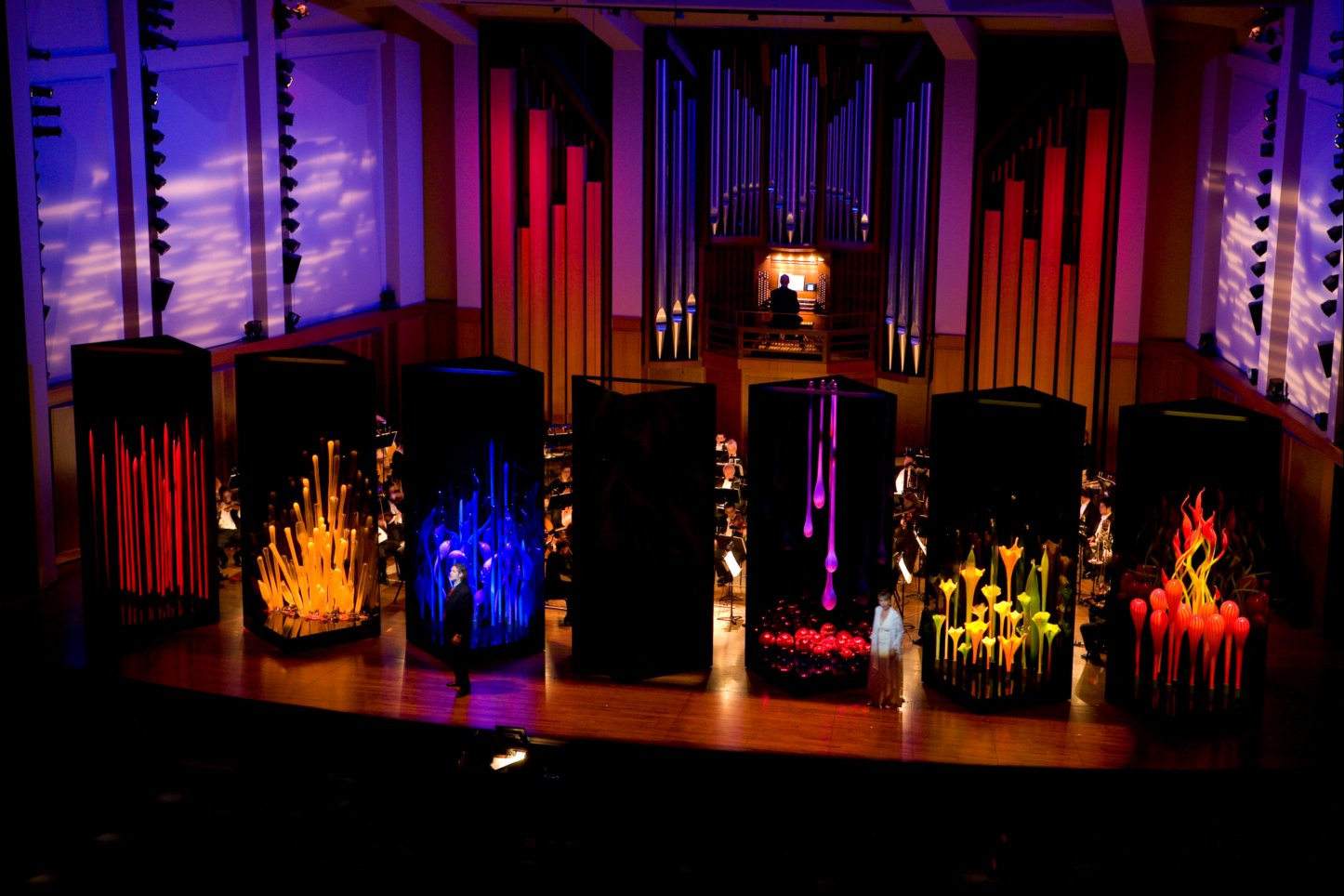
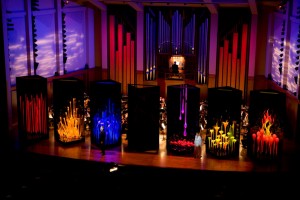
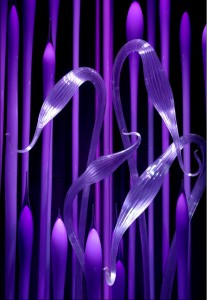
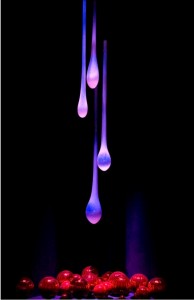
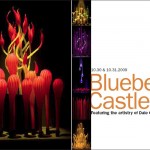
No comments yet.
Add your comment